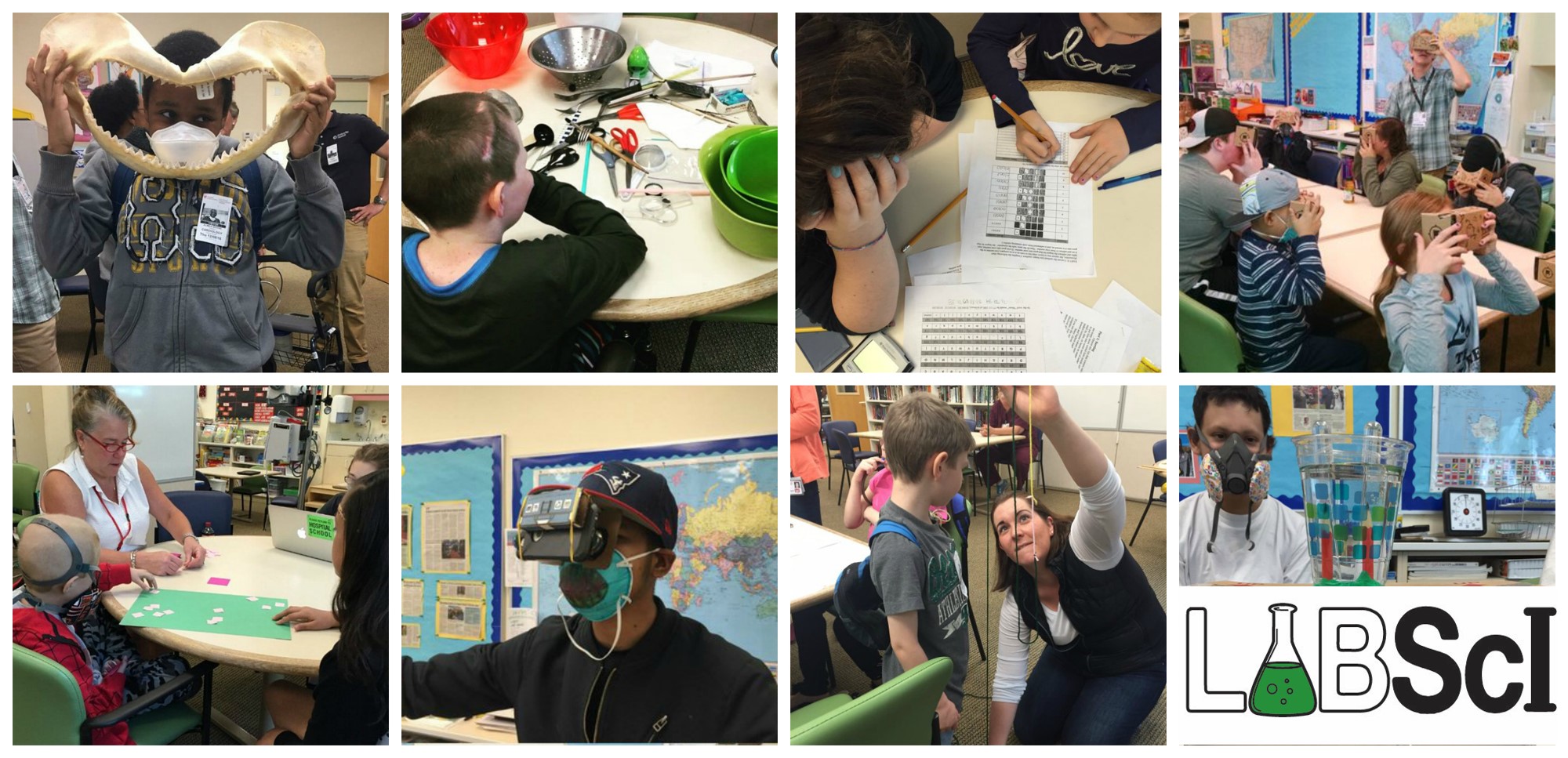This lab explores the structure of atoms and elements as well as simple ionic bonds. Students use colored beads and the periodic table to model and identify different elements. Students also assemble a periodic table of secret agents, and try to identify the missing agent, based on trends and patterns.
Download the labs!
Student Version
Student Advanced Version
Teacher Version
Part 1 – Atom Template
Part 3 – Secret Agent Photographs
Part 3 – Secret Agent Answer Key
Recommended Prerequisites:
- Students should be able to do basic arithmetic (addition and subtraction).
- Previous exposure to the periodic table would be beneficial, but is not required.
Key Concepts:
- An atom is the smallest particle any given molecule can be broken down to.
- A proton is a positively charged particle in an atom.
- An electron is a negatively charged particle in an atom.
- A neutron is a neutral (neither negative nor positive) particle in an atom.
- The atomic number is the number of protons in an atom.
- Primary energy levels, also called electron shells, are regions that electrons move in within the atom. The innermost of the energy levels surrounds the nucleus of the atom and has a maximum electron-holding capacity of two.
- Each energy level after the first one fills up with 8 electrons.
- Ions are charged atoms formed by losing or gaining electrons.
Materials:
Parts 1 & 2: Atoms & Elements / Introducing Ions & Ionic Bonding
- 50 red beads (to represent electrons)
- 50 green beads (to represent protons)
- 50 yellow beads (to represent neutrons)
- Atom template (separate document)
- Periodic table
- 3 different colored pens (the colors of the beads)
Part 3: Secret Agent Activity
- Computers with Internet access (optional) – Teachers may prefer to scaffold this portion of the lab further by showing students an Internet video on the background/history of the Periodic Table of Elements which normally covers patterns/trends. Searching for “Periodic Table of Elements” on YouTube or Google Videos will produce several useful examples.
- Secret Agent Photographs (2 separate documents)
- Scissors
- Presentation or poster paper
- Glue sticks or Scotch tape
- Periodic table (optional)
